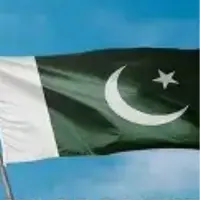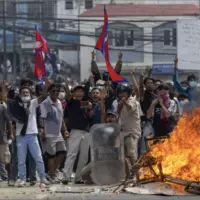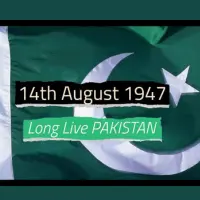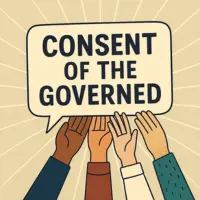Revolutions are purposive activities in which people consciously organize to overthrow a regime. The 1979 Iranian Revolution marked a significant turning point in the history of Iran and the Middle East. It led to the overthrow of the Pahlavi monarchy and establishing an Islamic Republic under Ayatollah Khomeini. The Iranian revolution was driven by a complex interplay of economic, political, social, and religious factors. This research paper delves into these causes, providing a comprehensive analysis based on detailed historical accounts.
Pre-revolutionary Iran was ruled by Shah Mohammad Reza Pahlavi, whose governance was highly influenced by Western powers, especially the United States. The Shah’s efforts to modernize and Westernize Iran culminated in the White Revolution, a series of reforms initiated in 1958 and coming to fruition in 1963.
Although these reforms aimed to bring socio-economic changes, they primarily served the political agenda of the elites and the Shah, who tried to maintain their power and introduce Western modernization to Iran. This purpose is obvious from the Shah’s declaration, “We no longer live in the Middle age; what was backward for Europe was also backward for Iran”(Ansari, 2001, p. 7). However, these reforms caused massive socio-economic displacement and tension, leading to widespread opposition from landlords and the ulema, and paving the path to Iranian Revolution.

Key factors which led to Iranian Revolution
Economic Factors – Iranian Revolution
The Iranian Revolution happened due to some Economic Factors. Iran experienced many socio-economic transformations in the two decades prior to the revolution, like primarily by oil revenues which rose dramatically from $45 million in 1950 to $20.5 billion in 1976. This rapid economic growth created substantial tensions within society due to inequalities and imbalances. The urban population grew substantially, and while there was general prosperity, the wealth was unequally distributed.
The top 10 percent of the population accounted for 40 percent of expenditure, while the urban poor faced a housing shortage and high rents (Halliday, 1982, p. 193-194). Wealth was in the hands of elites, while the masses faced poverty and unemployment.
The fast modernization efforts, though intended to foster economic growth, resulted in urban migration, the creation of slums, and the displacement of traditional industries. This economic disparity was exacerbated by the uneven and rapid economic expansion between the 1960s and 1970s, fueled by oil revenues.
The sudden rise in prosperity was illusory and unsustainable, leading to several tensions among the people (Halliday, 1988, p. 193). By the mid-1970s, Iran’s economy began to weaken, with inflation and a bigger gap between urban and rural populations. Urban poor, particularly, suffered from a housing shortage, forcing them to spend up to 70 percent of their income on rent (Halliday, 1988, p. 194).
The lavish lifestyle of the Shah and his elite allies further fueled economic hatred. In 1971, the Shah hosted a lavish party to celebrate the 2,500 years of monarchial rule, spending billions of dollars. This event, envisioned to showcase Iran’s progress and modernity, instead highlighted the unambiguous contrast between the elites’ wealth and the widespread poverty among ordinary Iranians (Ayaz, 2024).
The party, held from October 12, featured luxury comforts, including beauty parlors and secret gambling rooms, and was attended by kings, queens, sheikhs, sultans, business figures, presidents, and prime ministers from around 65 countries. While the Shah rejoiced in the celebrations, most Iranians, living in hunger and poverty, viewed the luxury with great anger and distrust. This event symbolized the deep economic and social divide in the country, leading to increased public sadness and loss of trust in the Shah.
Political Repression – Iranian Revolution
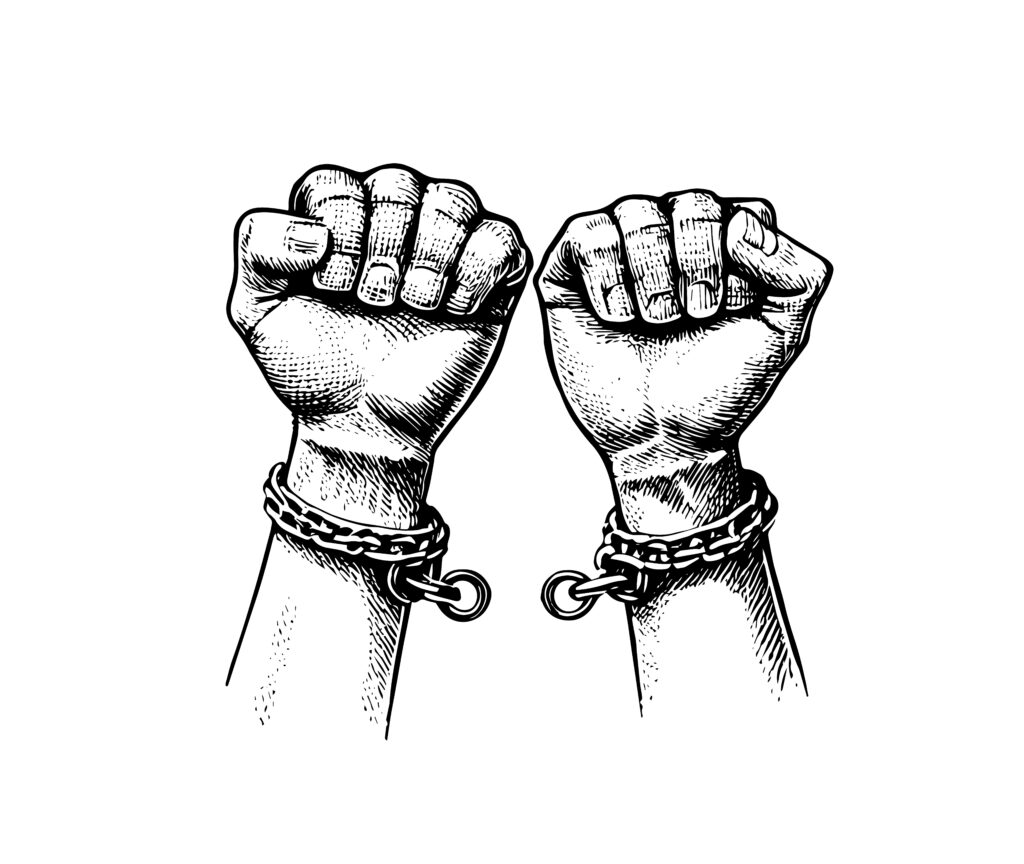
Political Repression was also a factor leading to Iranian Revolution. The Shah’s authoritarian rule was marked by political repression and the suppression of opposition. The secret police, SAVAK (secret police), played a crucial role in maintaining control, creating a climate of fear and anger (Ayaz, 2024). Political freedom was severely restricted, with the banning of political parties and strict censorship of the press. This lack of political participation and freedom alienated the populace and fueled opposition to the regime and leading to Iranian Revolution.
Also, his relationship with the bazaar was bizarre and much of tension and conflicts, bazaar, which had traditionally held significant economic and social influence in Iran, found itself increasingly marginalized by the Shah’s modernization policies. The Shah’s antiprofiteering campaigns in the mid-1970s were particularly harsh on the bazaar merchants, (Arjomand, 1986, p. 393). And it was during during these campaigns in 1975 and 1976, approximately 8,000 shopkeepers were jailed and as many as 250,000 were fined.
This aggressive stance against the bazaar merchants resulted in deep dislike and contributed to the formation of an alliance between the bazaar and the religious clerics, both of whom felt threatened by the Shah’s policies. The Shah’s reliance on foreign support, particularly from the United States, further weakened his legitimacy.
This foreign dependence was evident during the nationalization of the Anglo-Iranian Oil Company (AIOC) by Prime Minister Mohammad Mosaddeq in 1951. Despite the Iranian 20% inlvolvemnet in the oil they did not have any representation in the authority and the AIOC refused to invlolve them, at the same time there was another grievance by the iranian towards AIOC that they employed Indian workers. AIOC’s refinery in Abadan was the largest in the world and crucial for Great Britain, generating $400 million annually in foreign exchange. Therefore, when the Iranian government, led by nationalist Prime Minister Mohammad Mosaddeq, nationalized AIOC in 1951, it threatened a significant source of British revenue.
The nationalization was fueled by public dissatisfaction over the poor living conditions of Iranian workers compared to the comfortable lives of rich employees, as well as suspicions of AIOC’s bookkeeping practices (Romero, 2015, p. 472). These issues collectively contributed to the nationalization of the oil company and the ensuing crisis.
During the Iranaian oil crises 1951-1953 Mosadaq fought against the western influence over Iran, and he also talked about the nationlaizetion in International Forums as well, and all these made him a hero among his supporters, but to the west he was a madman and irrational and then in 1953 CIA along with MI6 brought a coup against Mosadeq who then fled the country, which set a really bad example among the Iranians that they saw US as state which intervene in the foriegn state(Romero, 2015, p. 477).
In all these Shah was also invloved who recieved 1 million dollars form the US (Ayaz 2024), furthermore the rumours that CIA removed mosadeq from the rule for their own interest of oil deepened the anti US and anti Shah sentiments among the people and showed that the Shah an ally of the US who works for the US and run under their command and these thoughts had started to grow mistrust among the masses who then dislike Shah and his actions.
Religious and Cultural Factors – Iranian Revolution
Behind the Iranian Revolution, there were some Religious and Cultural Factors. The role of Shia Islam and the clergy was key in assembling opposition against the Shah. The Shah’s secularization policies and the perceived Western cultural invasion alienated traditional and religious segments of society. Popular clerics, including Ayatollah Khomeini, opposed these reforms, arguing that they contradicted Islamic law and were implemented unconstitutionally in the absence of the Majlis (Ansari, 2001, p. 9).
Khomeini’s influence continued even after his exile in 1964, as he criticized the Shah’s regime and promoted the idea of an Islamic Republic. Khomeini’s stance and the clerical network effectively mobilized the masses by presenting the clergy as a moral alternative to the corrupt regime. The Shah’s modernization policies caused social disruption, making Islam a source of stability and identity.
Shiite themes of martyrdom and resistance resonated with the masses, further rousing opposition to the Shah (Halliday, 1988, p. 198) and hint towards Iranian Revolution. Khomeini’s vision for an Islamic Republic, articulated from his exile in France, emphasized the establishment of a government that guarantees the freedom of the people, the independence of the country, and social justice, all under the guidance of Islam and the Quran (Hashemipour, p. 604).
Social Factors – Iranian Revolution
There are some leading Social Factors which also contributed in the Iranian Revolution. The social criticisms were further worsened by the Shah’s centralization of power, which marginalized traditional forms of power and autonomy. The power of tribal chiefs and clergies was significantly reduced, leading to a sense of inequality and marginalization among the locals (Arjomand, 1986, p. 390). The creation of new political elites concentrated power in the hands of a few, leaving most of the population feeling marginalized and alienated. There was no Diversity, Equity, and Inclusivity. This sense of alienation and dislocation fueled the revolutionary passion among various social groups.
Between 1956 and 1976, Iran experienced substantial urbanization, with the urban population increasing from 31% to 47%. This shift, driven by rural-urban migration, created a demand for new forms of societal integration. The expansion of higher education further intensified this dislocation, as many first-generation university students and rural migrants found themselves disoriented and in search of societal reintegration.
Thousands of religious associations emerged in response, providing new social moorings for dislocated individuals, and facilitating the rise of the Islamic movement (Arjomand, 1986, p. 398-399). Several key events in the late 1970s worsened the situation towards Iranian revolution. Major protests and demonstrations in 1978, including the infamous Black Friday massacre, highlighted the regime’s inability to control civil unrest.
The Shah’s attempts at reforms were too little, too late, and his eventual exile in January 1979 marked the end of his reign and Iranian Revolution came into being. Ayatollah Khomeini’s return to Iran in February 1979 roused the revolutionary movement, leading to the establishment of the Islamic Republic.
Conclusion
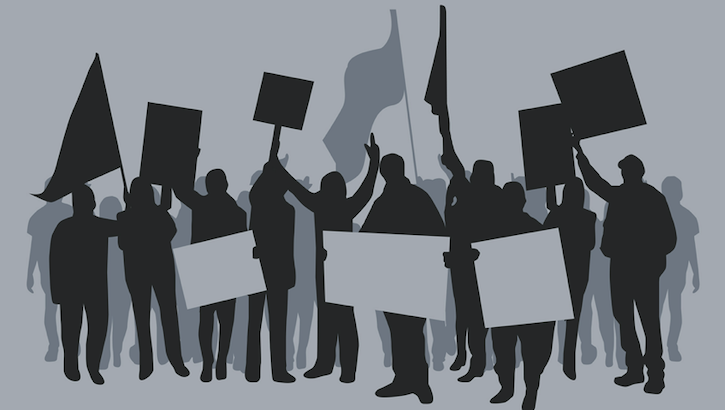
The 1979 Iranian Revolution was the result of a complex relationship of economic, political, social, and religious causes. The Shah’s modernization policies and authoritarian rule created deep socio-economic and political discontent, while the influence of religious leaders provided a unifying ideology for the revolution. External interference by Western powers further worsened the situation, leading to widespread mistrust and resentment. The Iranian revolution not only transformed Iran but also had deep implications for the region and the world, highlighting the complex dynamics of power, culture, and resistance.
What was the 1979 Iranian Revolution?
The 1979 Iranian Revolution marked a significant turning point in Iran and the Middle East, leading to the overthrow of the Pahlavi monarchy and the establishment of an Islamic Republic under Ayatollah Khomeini.
What were the economic causes of the Iranian Revolution?
Rapid economic growth fueled by oil revenues created wealth inequalities and imbalances. The top 10 percent of the population accounted for 40 percent of expenditure, while urban poor faced a housing shortage and high rents, leading to widespread economic tensions.
How did the White Revolution contribute to the unrest?
The White Revolution, a series of reforms introduced by the Shah in the 1960s, aimed at modernization but mainly served the political agenda of the elites. It displaced landlords and alienated the ulema, contributing to massive socio-economic tensions.
What role did political repression play in the revolution?
The Shah’s authoritarian rule involved strict censorship, banning political parties, and control by the secret police, SAVAK. This repression alienated the populace and intensified opposition to the regime.
Why was the relationship between the Shah and the bazaar significant?
The Shah’s modernization marginalized the bazaar, historically a significant economic and social institution. Antiprofiteering campaigns in the mid-1970s targeted merchants, resulting in fines and jailings, pushing the bazaar into alliance with the religious clergy.
How did the nationalization of the Anglo-Iranian Oil Company influence events?
Prime Minister Mohammad Mosaddeq’s nationalization of the AIOC in 1951, driven by grievances over poor living conditions and unequal representation, led to a crisis. The 1953 coup, supported by the CIA and MI6, removed Mosaddeq and increased anti-US and anti-Shah sentiments.
What was Ayatollah Khomeini’s role in the revolution?
Ayatollah Khomeini opposed the Shah’s secularization and reforms, arguing they contradicted Islamic law. Even from exile, Khomeini mobilized the masses through religious networks and promoted the idea of an Islamic Republic.
How did rapid urbanization affect Iranian society before the revolution?
Between 1956 and 1976, urbanization increased from 31% to 47%, leading to housing shortages and dislocation. Rural migrants and first-generation students sought societal reintegration, often turning to religious associations and movements.
What key events intensified the revolutionary movement in 1978-79?
Major protests, including the Black Friday massacre, exposed the regime’s inability to control unrest. The Shah’s belated reforms failed, and his exile in January 1979, followed by Khomeini’s return, marked the revolution’s success.
How did external interference affect the revolution?
Why was the relationship between the Shah and the bazaar significant?Western powers, particularly the US and UK, intervened in Iran’s internal affairs, notably in the 1953 coup against Mosaddeq. This deepened public mistrust and resentment toward both the Shah and his foreign allies.
References
Abrahamian, E. (1980) ‘Structural Causes of the Iranian Revolution’, MERIP Reports, (87), p. 21. Available at: https://doi.org/10.2307/3011417.
Ansari, A.M. (2001) ‘The Myth of the White Revolution: Mohammad Reza Shah, “Modernization” and the Consolidation of Power’, Middle Eastern Studies, 37(3), pp. 1–24. Available at: https://doi.org/10.1080/714004408.
Arjomand, S.A. (1986a) ‘Iran’s Islamic Revolution in Comparative Perspective’, World Politics, 38(3), pp. 383–414. Available at: https://doi.org/10.2307/2010199.
Ayaz, M. (2023) ‘The most expensive party ever: BILLION DOLLAR PARTY!’, Medium. Available at: https://medium.com/be-open/the-most-expensive-party-ever-billion-dollar-party-267c2718e2e3.
Halliday, F. (1988) ‘The Iranian Revolution: Uneven Development and Religious Populism’, in F. Halliday and H. Alavi (eds) State and Ideology in the Middle East and Pakistan. London: Macmillan Education UK, pp. 31–63. Available at: https://doi.org/10.1007/978-1-349-19029-4_3.
Hashemipour, S. (no date) ‘Edward Said, Michel Foucault, and the Iranian Revolution of 1979: Intellectuals have Control over National Commitment’.
Romero, J. (2015) ‘Decolonization in Reverse: The Iranian Oil Crisis of 1951–53’, Middle Eastern Studies, 51(3), pp. 462–488. Available at: https://doi.org/10.1080/00263206.2014.973405.


